Home>Furniture & Design>Bathroom Accessories>Why Is My Toilet Seat Turning Blue Pregnant
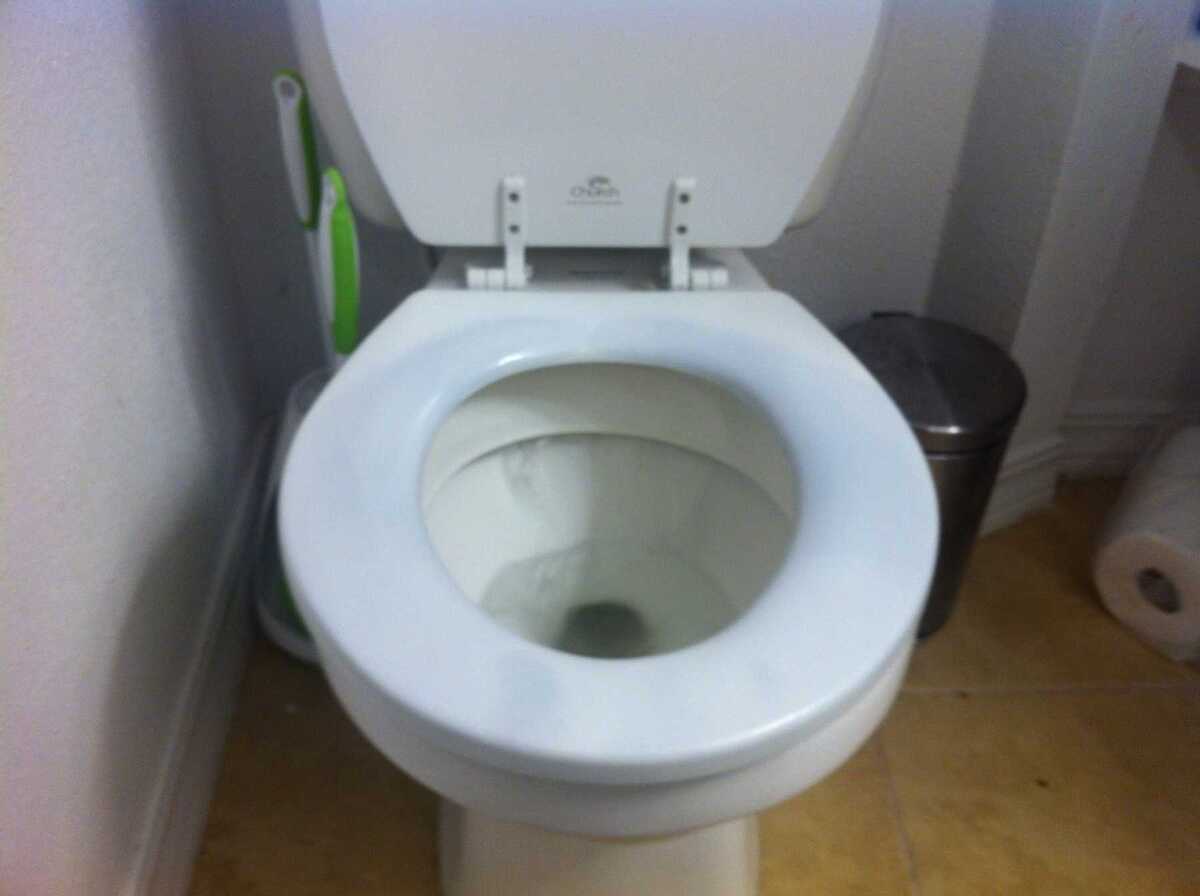

Bathroom Accessories
Why Is My Toilet Seat Turning Blue Pregnant
Modified: February 16, 2024
Discover why your toilet seat is turning blue during pregnancy and find the best bathroom accessories to prevent it. Explore our range of bathroom accessories for a comfortable and stylish solution.
(Many of the links in this article redirect to a specific reviewed product. Your purchase of these products through affiliate links helps to generate commission for Storables.com, at no extra cost. Learn more)
Introduction
Have you ever noticed a perplexing phenomenon in your bathroom? Perhaps you've glanced at your toilet seat and been startled to find a mysterious blue hue. This unexpected transformation can be quite bewildering, especially for pregnant women who are already navigating a myriad of changes and concerns. The enigma of a blue toilet seat may seem trivial at first, but it can spark curiosity and even a touch of anxiety. Fear not, for we are about to embark on a journey to unravel this peculiar occurrence and shed light on its potential causes and implications.
The sight of a blue toilet seat can trigger a range of emotions, from confusion to mild alarm. It's a natural response to be taken aback by such an unexpected transformation in a familiar setting. However, it's essential to approach this situation with a sense of curiosity and a willingness to explore the underlying reasons behind this phenomenon. By delving into the possible causes and understanding the implications, we can alleviate any concerns and equip ourselves with the knowledge to address this peculiar occurrence effectively.
So, why is your toilet seat turning blue, especially during pregnancy? This question serves as the gateway to unraveling the mystery and gaining a deeper understanding of the factors at play. As we embark on this investigative journey, we'll explore the potential causes of a blue toilet seat, consider the specific concerns that pregnant women may have regarding this issue, and provide practical tips for addressing and preventing it. Let's embark on this enlightening quest to demystify the enigma of the blue toilet seat and empower ourselves with valuable insights.
Key Takeaways:
- Beware of blue toilet seats! Chemical reactions, bacterial growth, and water quality can turn them blue. Pregnant women should prioritize hygiene and safe cleaning practices to avoid potential health risks.
- Keep your toilet seat pristine! Regular cleaning, selective products, and moisture control can prevent the mysterious blue hue. Pregnant women should prioritize safety and seek reassurance from healthcare providers.
Read more: Why Did My Toilet Seat Turn Blue
Possible Causes of Blue Toilet Seat
The emergence of a blue hue on a toilet seat can be a perplexing sight, prompting a flurry of questions and speculations. To demystify this phenomenon, it's crucial to explore the potential causes behind the enigmatic transformation. While the sight of a blue toilet seat may initially evoke bewilderment, understanding the underlying reasons can provide clarity and alleviate concerns.
-
Chemical Reactions: One potential cause of a blue toilet seat is attributed to chemical reactions. This occurrence may stem from the interaction between cleaning agents and the materials comprising the toilet seat. Certain cleaning products, particularly those containing acidic or alkaline components, can react with the materials, resulting in a discoloration that manifests as a blue tint.
-
Bacterial Growth: Another plausible cause of a blue toilet seat is the presence of specific bacteria. In some instances, bacteria such as Pseudomonas aeruginosa can thrive in moist environments, including toilet seats. These bacteria produce a bluish-green pigment, leading to the discoloration of the seat. Factors such as inadequate cleaning practices or prolonged exposure to moisture can create an environment conducive to bacterial growth.
-
Water Quality: The quality of water used for cleaning the toilet and its components can also contribute to the appearance of a blue hue. High levels of copper or other minerals in the water supply may interact with the materials of the toilet seat, resulting in a discoloration that manifests as blue. This interaction between water minerals and the seat's materials can lead to the gradual development of a blue tint over time.
-
Dyes and Pigments: Some toilet seats are manufactured using materials that contain dyes or pigments, which may undergo a gradual color change due to exposure to light, cleaning agents, or environmental factors. Over time, these dyes or pigments may exhibit a blue hue as a result of prolonged usage and exposure to various elements.
-
Environmental Factors: The surrounding environment can also play a role in causing a toilet seat to turn blue. Factors such as humidity, temperature fluctuations, and exposure to sunlight can contribute to the gradual discoloration of the seat, potentially resulting in a blue tint.
Understanding the potential causes of a blue toilet seat is the first step toward addressing this intriguing phenomenon. By delving into these factors, we can gain valuable insights into the underlying mechanisms at play, paving the way for informed strategies to prevent and mitigate the emergence of a blue hue on toilet seats.
Health Concerns for Pregnant Women
The emergence of a blue toilet seat can evoke specific concerns for pregnant women, who are understandably vigilant about potential health risks and environmental factors that may impact their well-being and that of their unborn child. Amid the myriad of changes and precautions that accompany pregnancy, encountering a blue toilet seat can raise valid questions and apprehensions. Understanding the health concerns associated with this phenomenon is crucial for expectant mothers to navigate this situation with confidence and peace of mind.
One primary concern for pregnant women related to a blue toilet seat is the potential presence of harmful bacteria. As mentioned earlier, certain bacteria, such as Pseudomonas aeruginosa, can thrive in moist environments and contribute to the discoloration of the seat. This bacterial presence raises apprehensions about the risk of exposure to harmful pathogens, especially for pregnant women who are particularly cautious about maintaining a hygienic environment. The prospect of bacterial growth on the toilet seat may prompt expectant mothers to seek reassurance and take proactive measures to mitigate any associated health risks.
Furthermore, the use of cleaning agents that could potentially lead to the discoloration of the toilet seat raises concerns about chemical exposure during pregnancy. Expectant mothers are often advised to be mindful of their exposure to chemicals and toxins, as these substances can have implications for maternal and fetal health. The presence of a blue hue on the toilet seat may prompt pregnant women to reevaluate their cleaning practices and seek alternatives that prioritize safety and minimize potential risks.
Additionally, the psychological impact of encountering a blue toilet seat during pregnancy should not be overlooked. Expectant mothers are attuned to their surroundings and may experience heightened sensitivity to environmental changes. The sight of a blue toilet seat may trigger concerns about the overall cleanliness and safety of the bathroom environment, influencing their sense of well-being and comfort. Addressing these psychological aspects is essential to alleviate any undue stress or anxiety related to the presence of a blue hue on the toilet seat.
Navigating these health concerns requires a balanced approach that combines vigilance, informed decision-making, and proactive measures. Pregnant women can prioritize hygiene through regular cleaning and disinfection practices, opt for gentle and pregnancy-safe cleaning products, and seek guidance from healthcare providers if they have specific concerns about bacterial exposure or chemical usage. By addressing these health concerns with attentiveness and informed strategies, expectant mothers can uphold a safe and reassuring environment for themselves and their developing baby, fostering peace of mind amid the enigma of the blue toilet seat.
The blue color on your toilet seat could be caused by a chemical reaction between the minerals in your water and the cleaning products you use. Consider using a different cleaning product or installing a water filter to prevent this.
Tips for Addressing Blue Toilet Seat Issue
Addressing the enigmatic presence of a blue hue on a toilet seat requires a strategic and proactive approach to restore the seat's pristine appearance and alleviate any associated concerns. Whether you're a concerned homeowner, a diligent caregiver, or an expectant mother navigating the nuances of pregnancy, implementing effective strategies to address the blue toilet seat issue is essential. Here are practical tips to guide you in addressing and preventing this intriguing phenomenon:
-
Thorough Cleaning: Initiate a comprehensive cleaning regimen for the toilet seat and its surroundings. Use gentle yet effective cleaning agents specifically formulated for bathroom fixtures. Ensure thorough disinfection to mitigate bacterial growth and remove any existing discoloration.
-
Regular Maintenance: Incorporate regular maintenance practices to uphold the cleanliness and integrity of the toilet seat. Implement a consistent cleaning schedule to prevent the accumulation of bacteria, mineral deposits, or environmental impurities that may contribute to the development of a blue hue.
-
Selective Cleaning Products: Be mindful of the cleaning products used in the bathroom. Opt for non-corrosive and non-reactive cleaning agents to minimize the risk of chemical interactions that could lead to discoloration. Consider eco-friendly and pregnancy-safe cleaning solutions to prioritize health and environmental well-being.
-
Hygienic Practices: Encourage hygienic practices among household members to minimize the introduction of contaminants that could contribute to the discoloration of the toilet seat. Emphasize the importance of proper handwashing and bathroom etiquette to maintain a clean and hygienic environment.
-
Water Quality Assessment: Evaluate the quality of the water supply to identify any potential contributors to the discoloration of the toilet seat. Consider installing water filtration systems or utilizing water softeners to address mineral content and enhance water quality, thereby reducing the likelihood of discoloration.
-
Material Selection: When replacing or upgrading the toilet seat, consider materials that are resistant to discoloration and chemical reactions. Opt for high-quality, durable materials that are less susceptible to environmental factors, ensuring a longer-lasting and visually appealing toilet seat.
-
Ventilation and Moisture Control: Enhance bathroom ventilation to mitigate excessive moisture, which can create an environment conducive to bacterial growth and chemical reactions. Proper ventilation can help maintain optimal conditions and prevent the emergence of a blue hue on the toilet seat.
By implementing these proactive tips, you can effectively address the blue toilet seat issue and prevent its recurrence, fostering a clean, hygienic, and visually appealing bathroom environment. These strategies empower you to navigate the enigma of the blue toilet seat with confidence and proactive measures, ensuring a comfortable and reassuring space for all occupants.
Conclusion
In conclusion, the enigma of a blue toilet seat, especially for pregnant women, encompasses a blend of curiosity, health concerns, and proactive measures. The emergence of a blue hue on a toilet seat can be attributed to various factors, including chemical reactions, bacterial growth, water quality, dyes and pigments, and environmental influences. Understanding these potential causes provides valuable insights for addressing and preventing this intriguing phenomenon.
For pregnant women, encountering a blue toilet seat may evoke specific health concerns related to bacterial presence and chemical exposure. The vigilance and caution inherent in pregnancy prompt expectant mothers to prioritize hygiene and safety, seeking reassurance and proactive strategies to mitigate any associated risks. Navigating these concerns requires a balanced approach that combines thorough cleaning, selective product usage, and maintenance practices to uphold a clean and reassuring bathroom environment.
Practical tips for addressing the blue toilet seat issue encompass thorough cleaning, regular maintenance, selective product usage, hygienic practices, water quality assessment, material selection, and moisture control. By implementing these proactive measures, homeowners, caregivers, and expectant mothers can effectively address the enigmatic presence of a blue hue on the toilet seat, fostering a visually appealing, hygienic, and comforting bathroom space.
Ultimately, the enigma of the blue toilet seat serves as a reminder of the interconnectedness between environmental factors, health considerations, and proactive maintenance. By unraveling this mystery and embracing informed strategies, individuals can transform this perplexing occurrence into an opportunity to prioritize cleanliness, well-being, and peace of mind. The journey to demystify the blue toilet seat culminates in a harmonious blend of understanding, proactive measures, and the empowerment to uphold a pristine and welcoming bathroom environment for all.
Frequently Asked Questions about Why Is My Toilet Seat Turning Blue Pregnant
Was this page helpful?
At Storables.com, we guarantee accurate and reliable information. Our content, validated by Expert Board Contributors, is crafted following stringent Editorial Policies. We're committed to providing you with well-researched, expert-backed insights for all your informational needs.
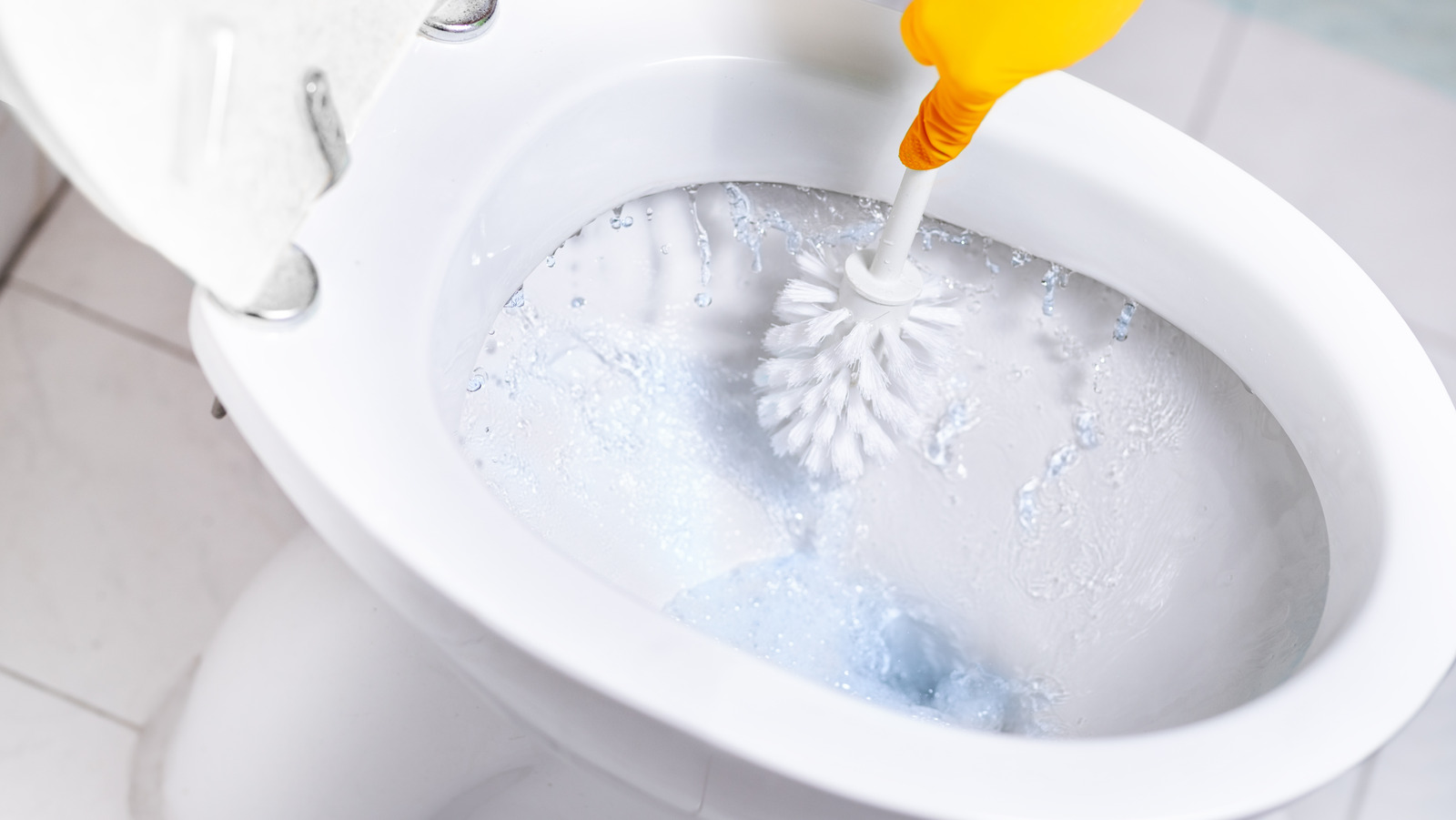
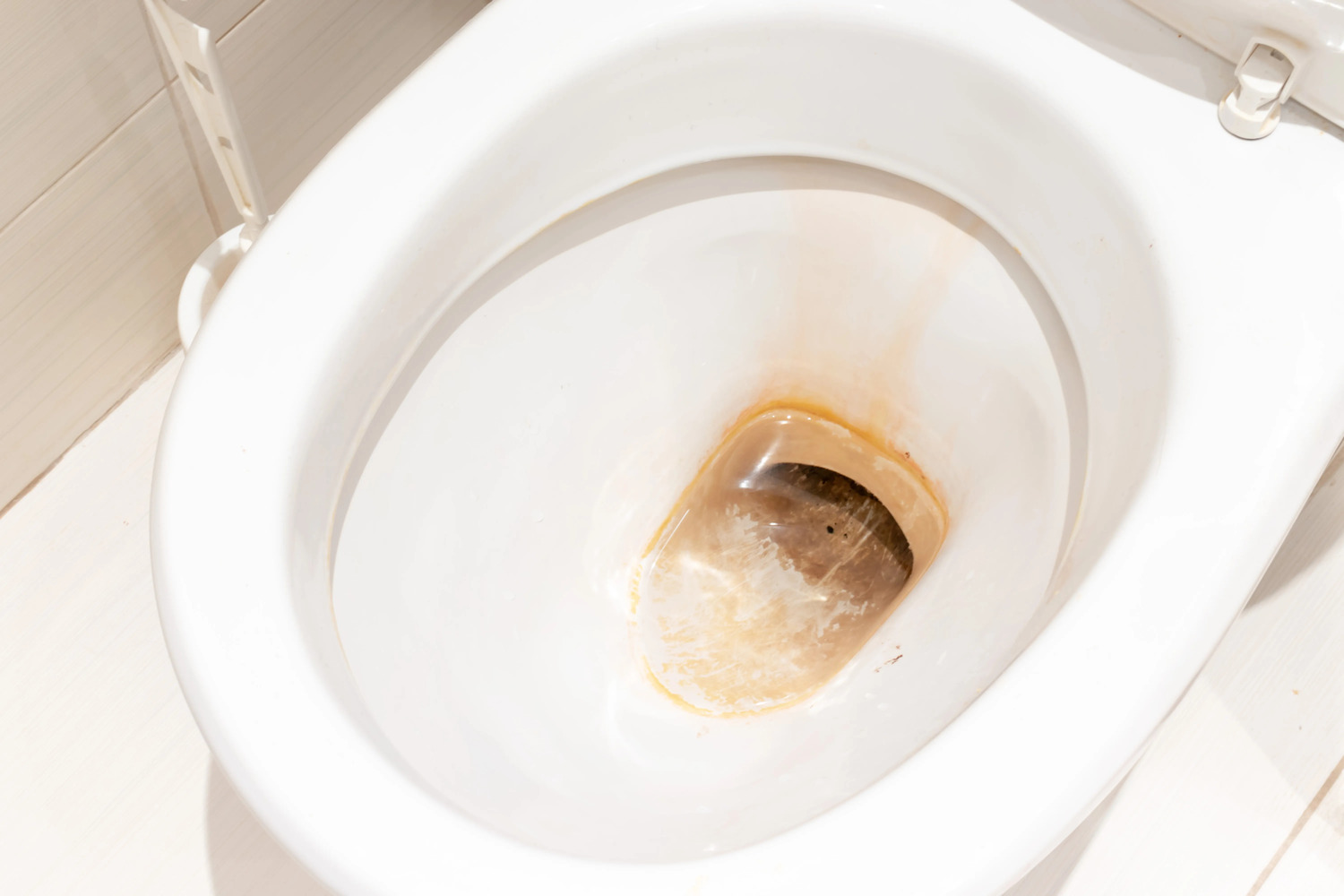
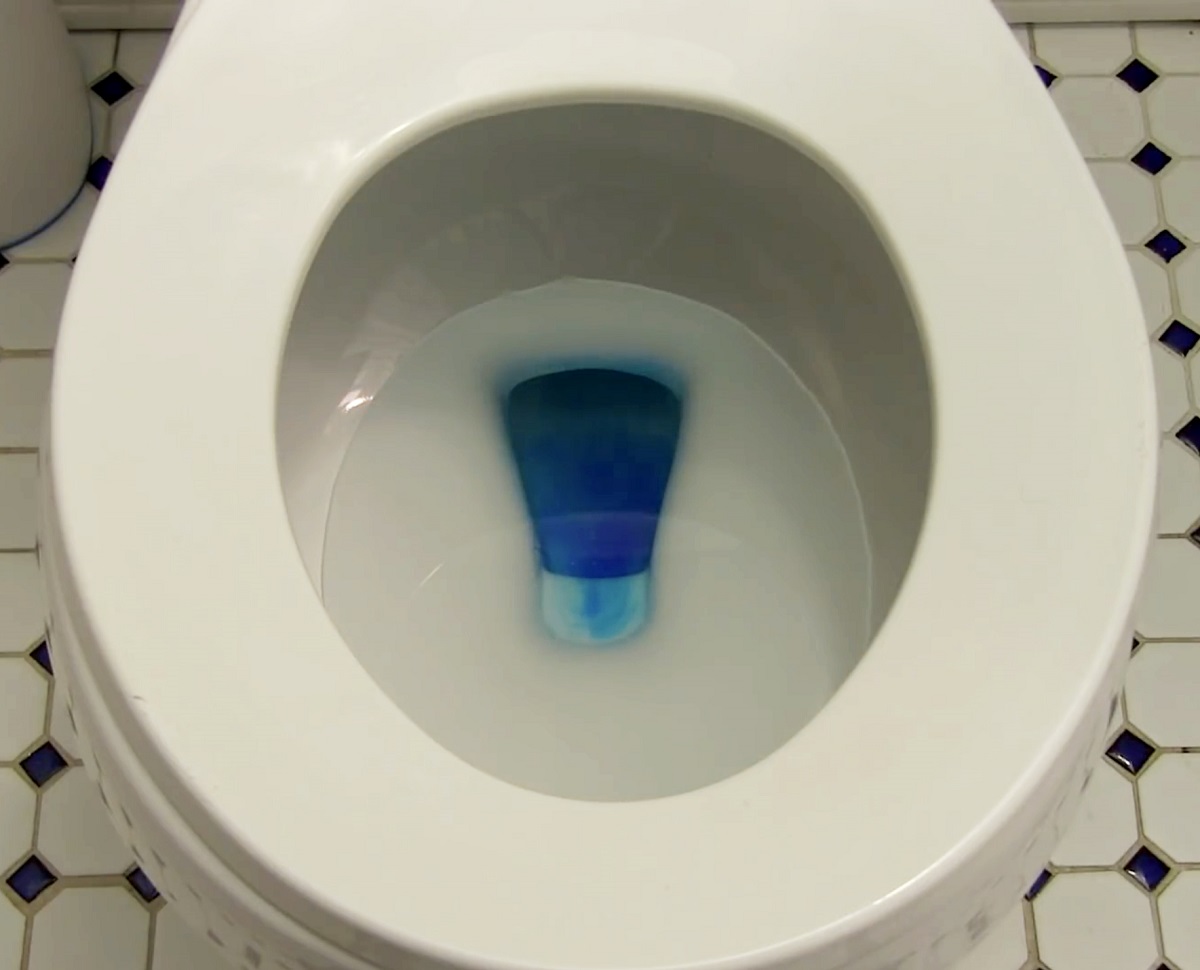
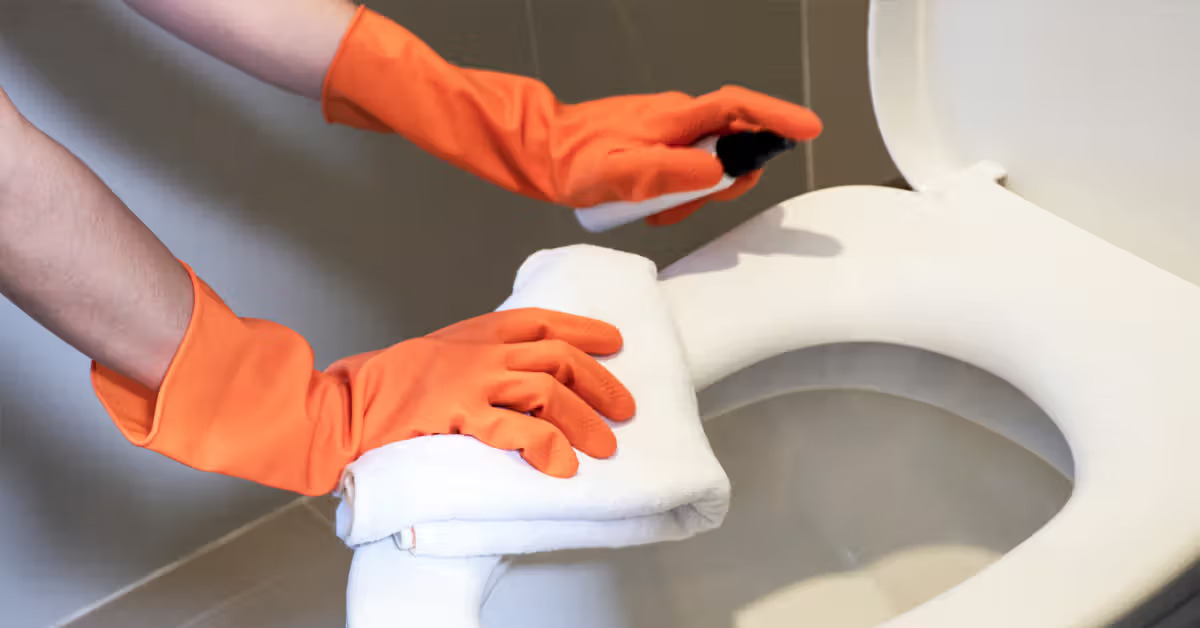
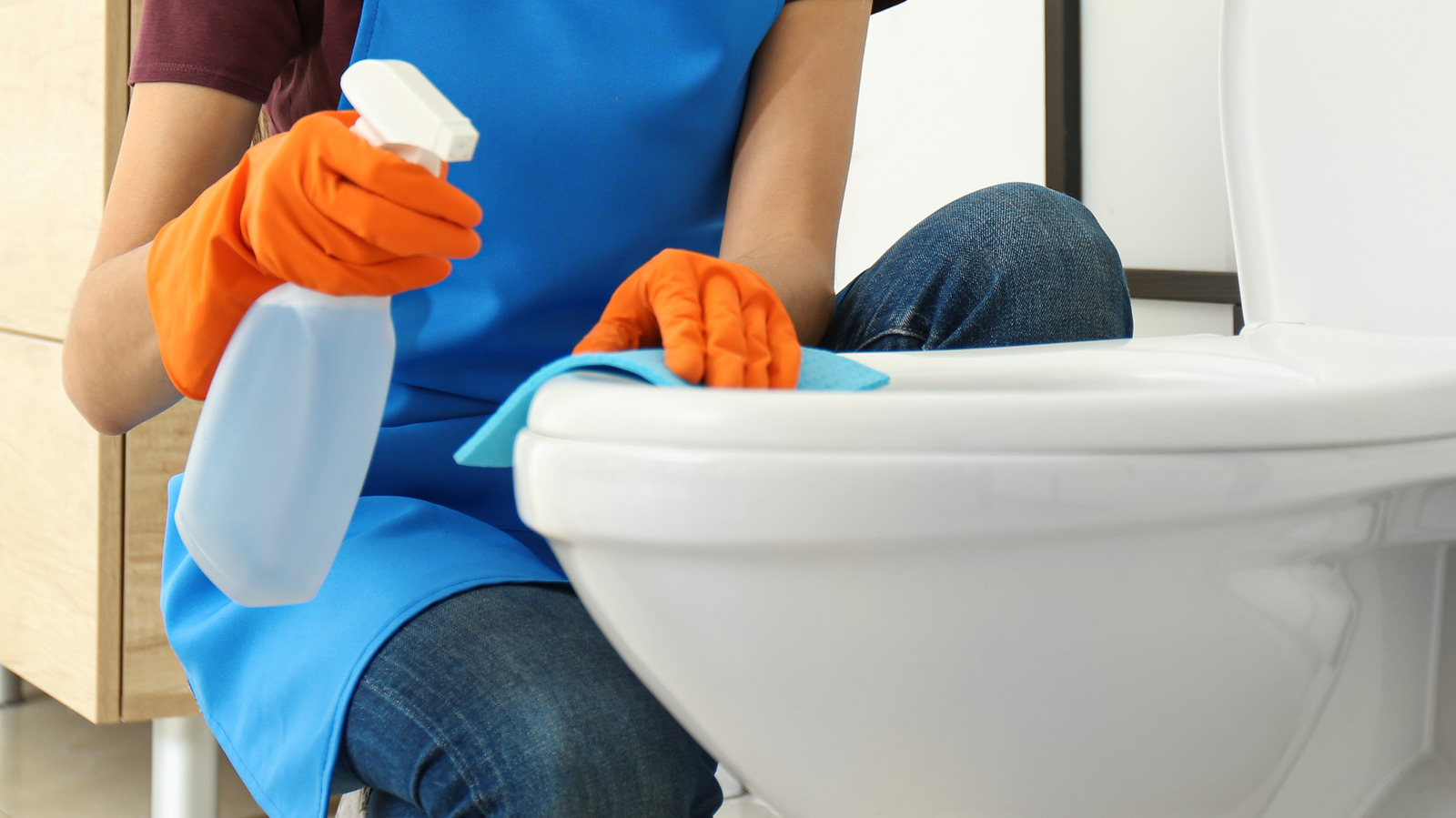

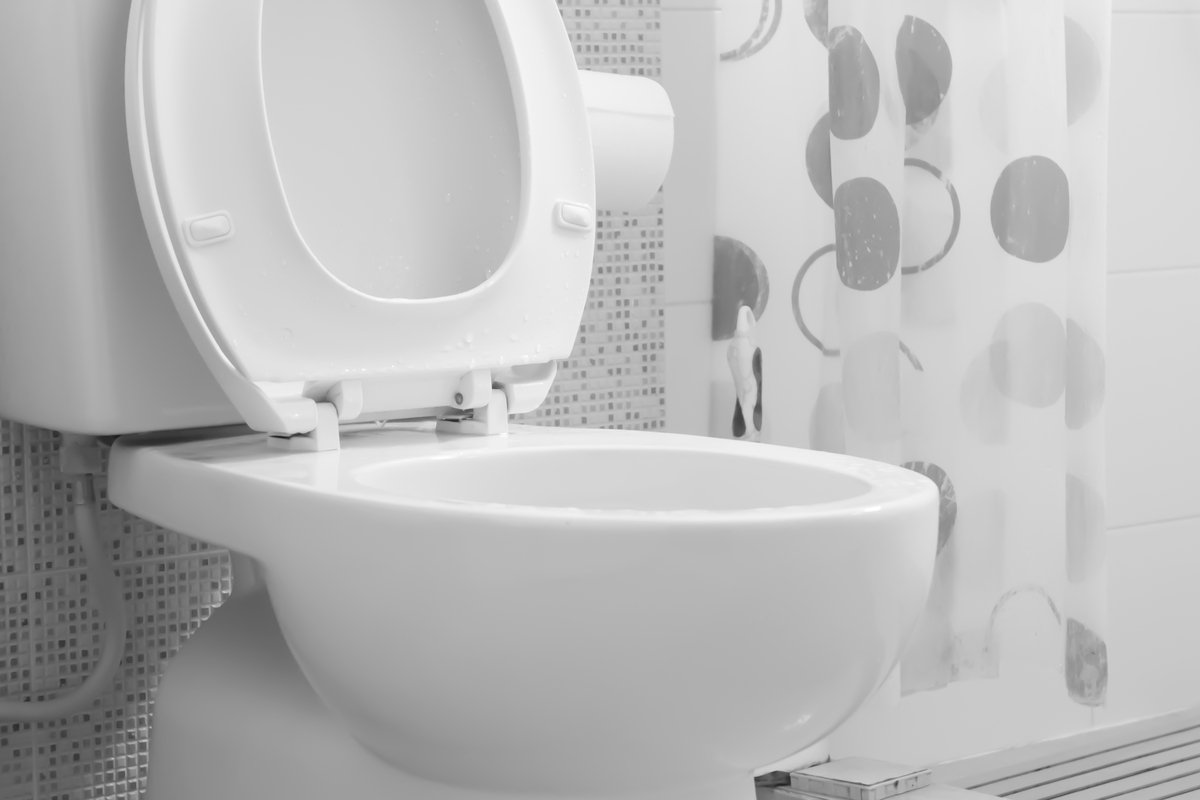

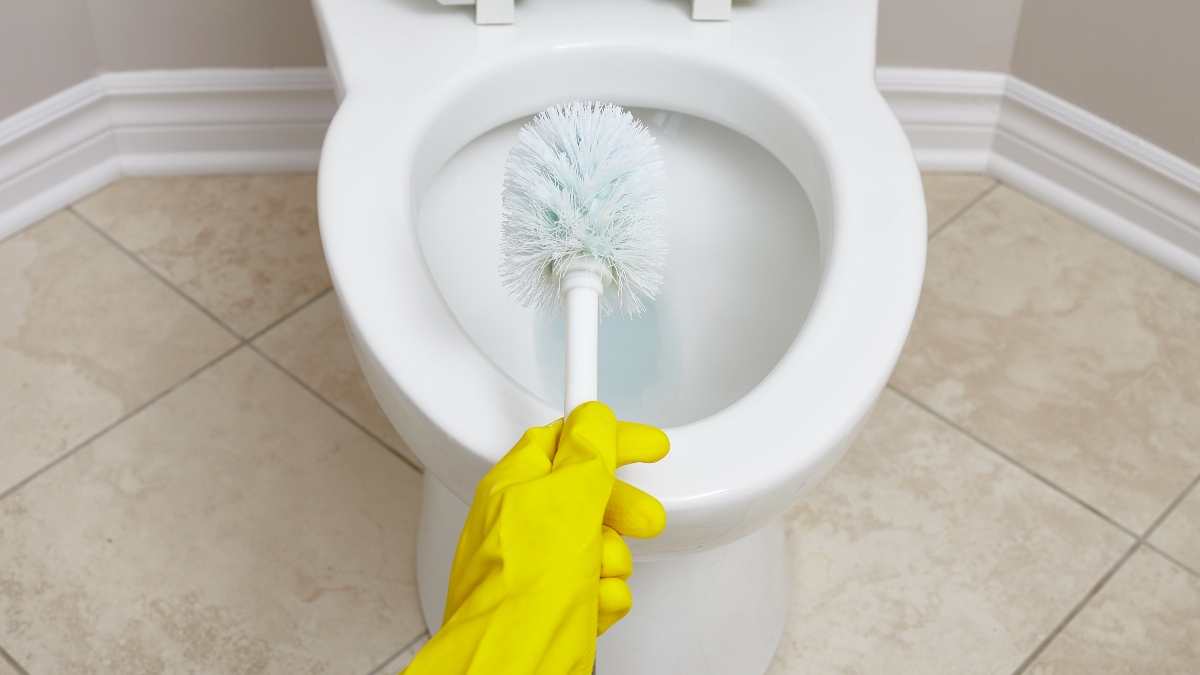

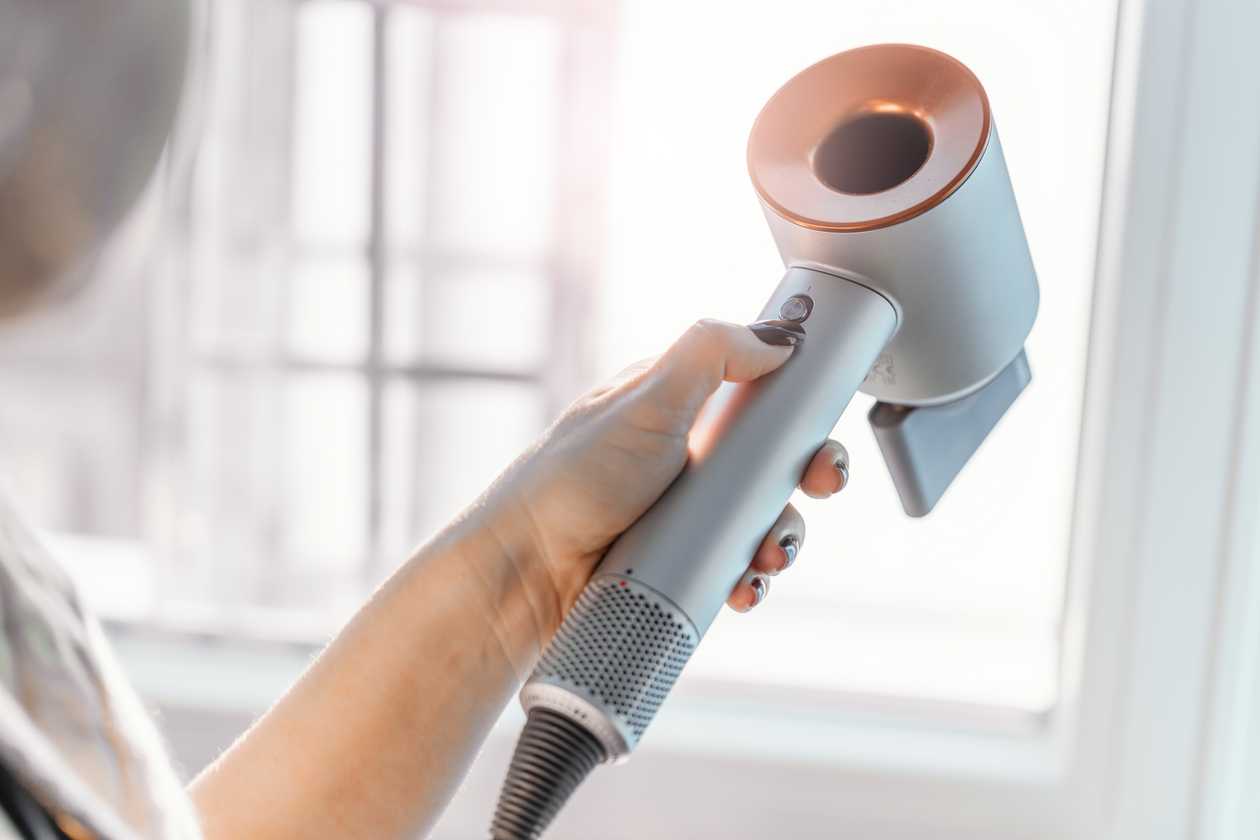
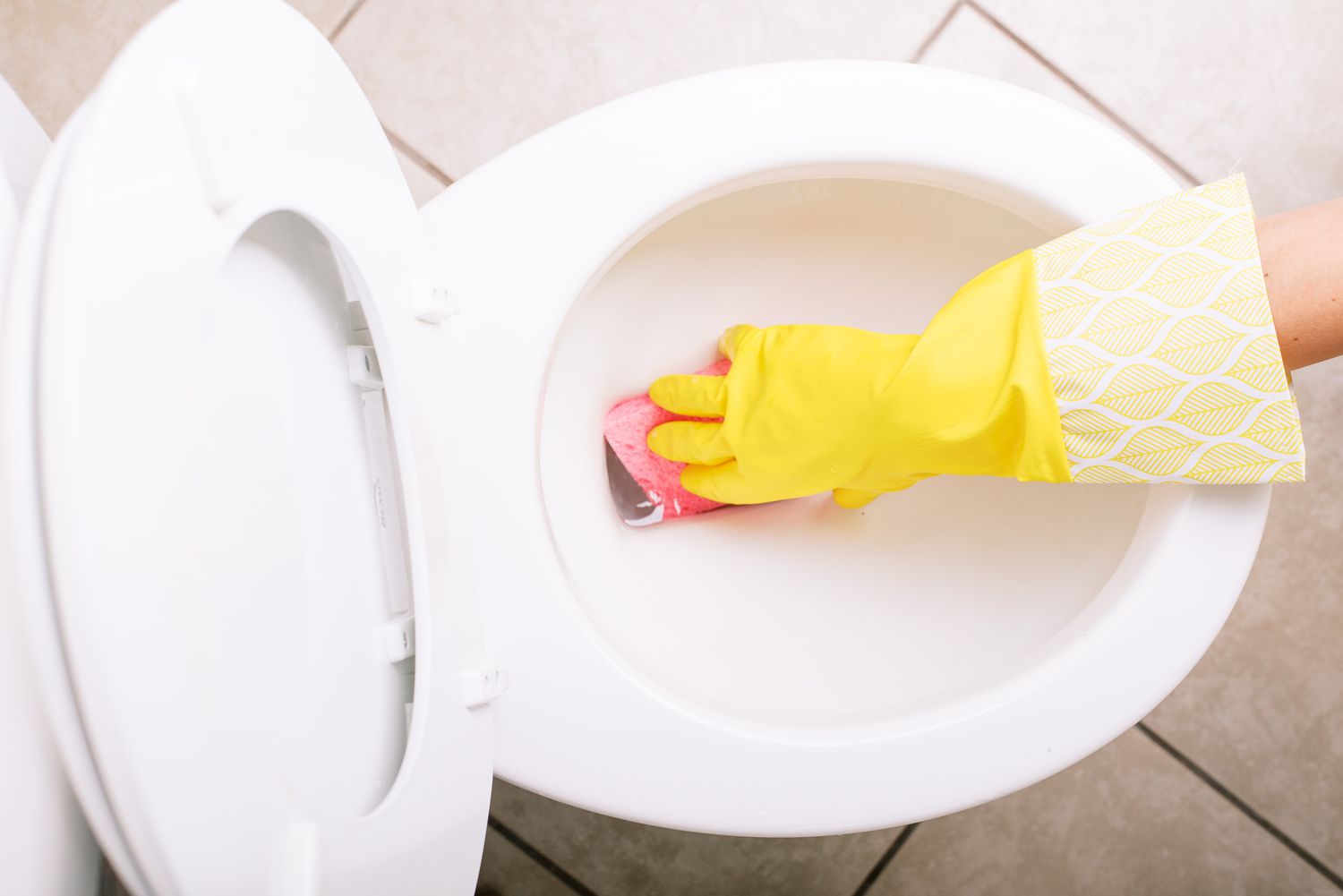

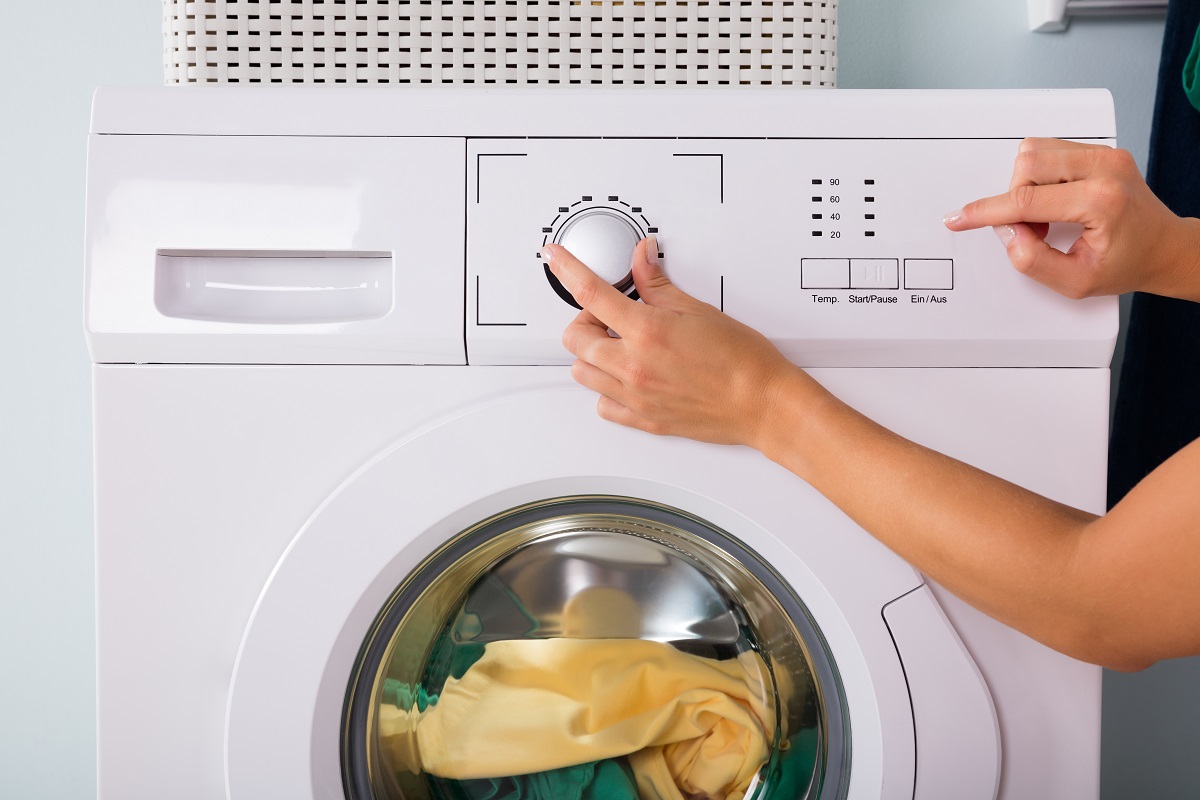


0 thoughts on “Why Is My Toilet Seat Turning Blue Pregnant”